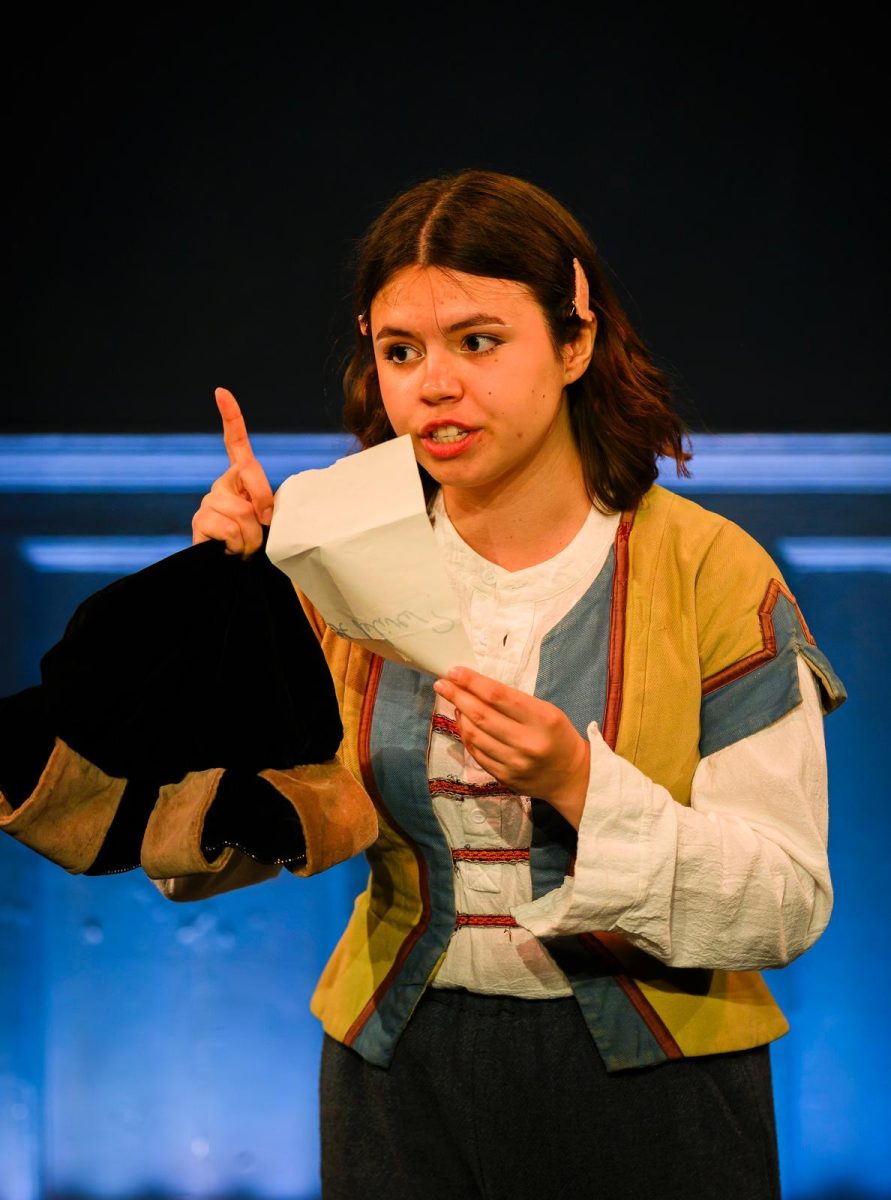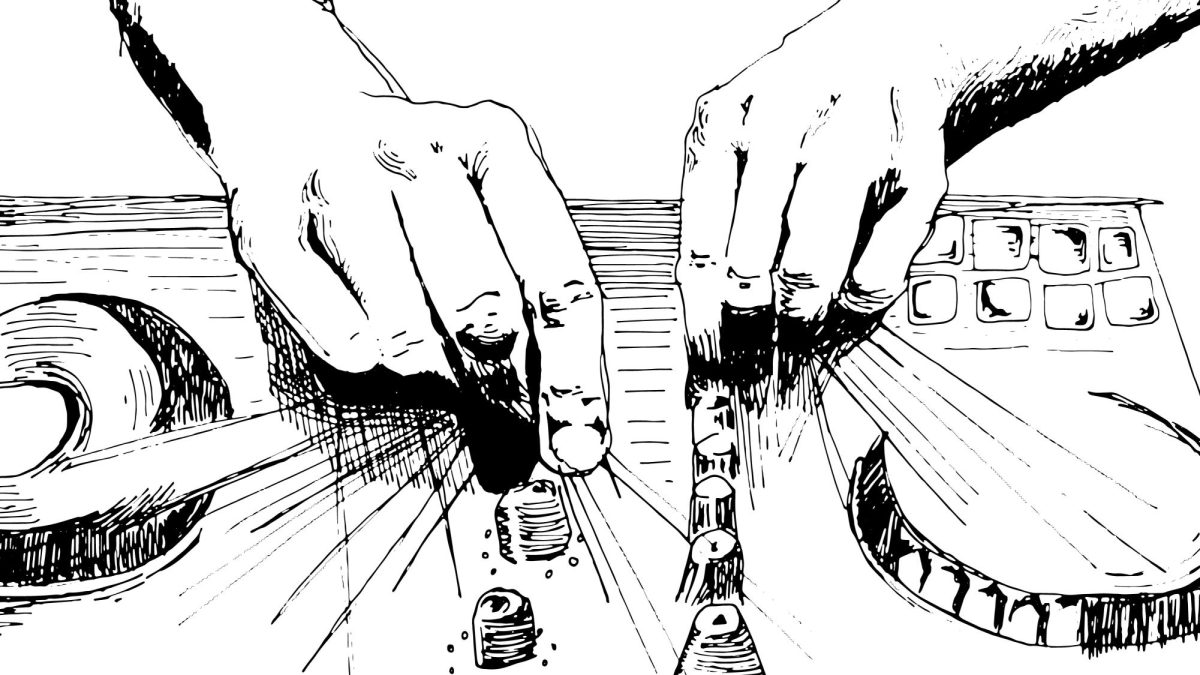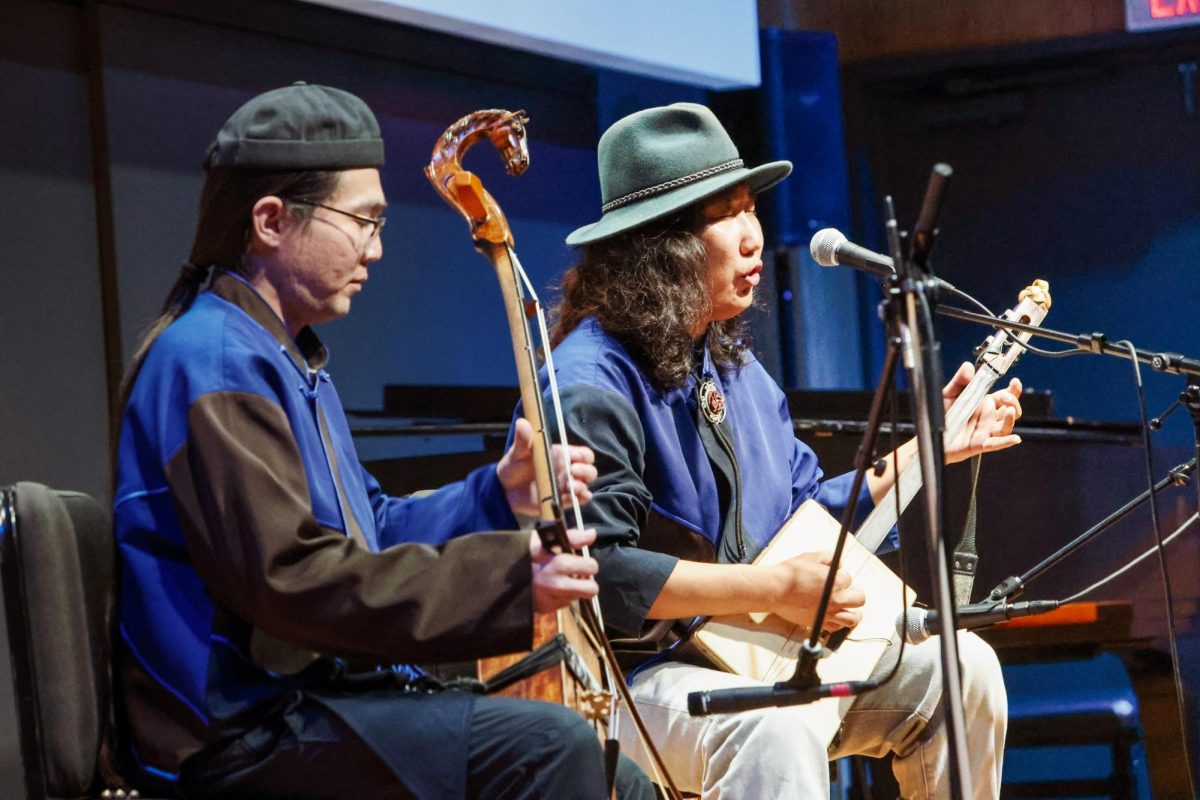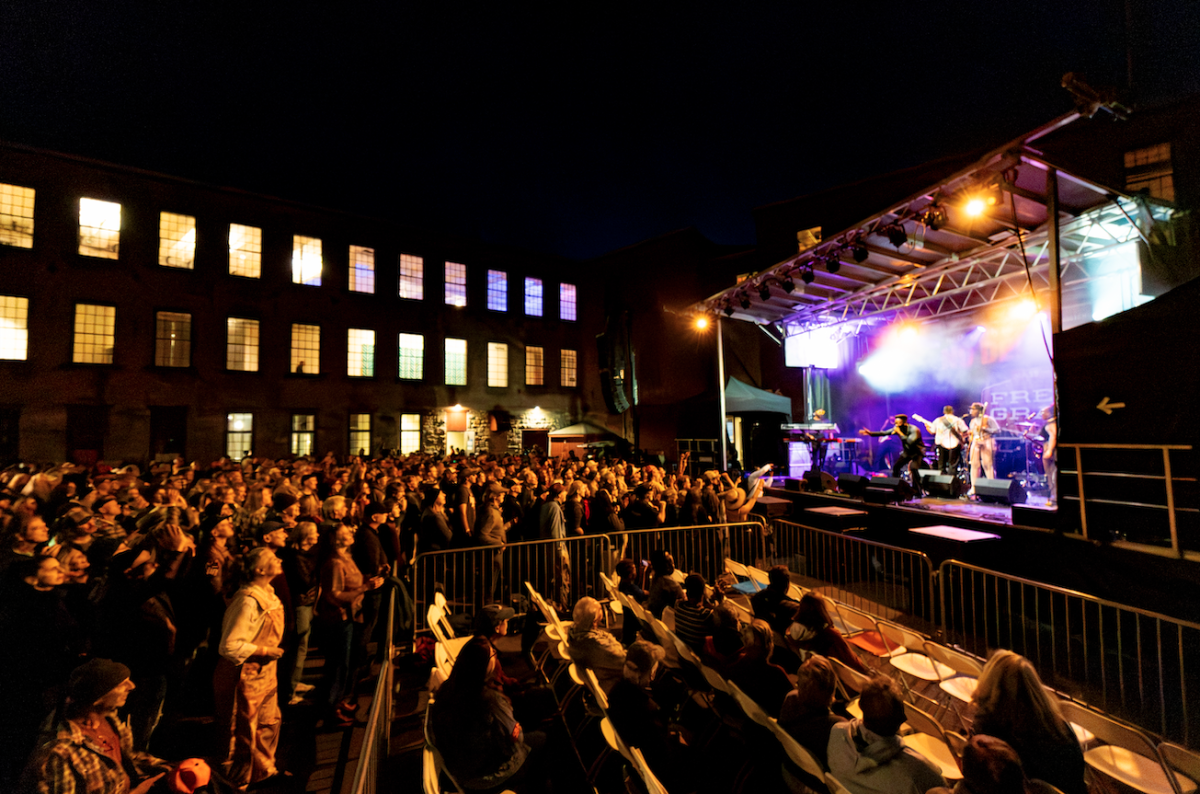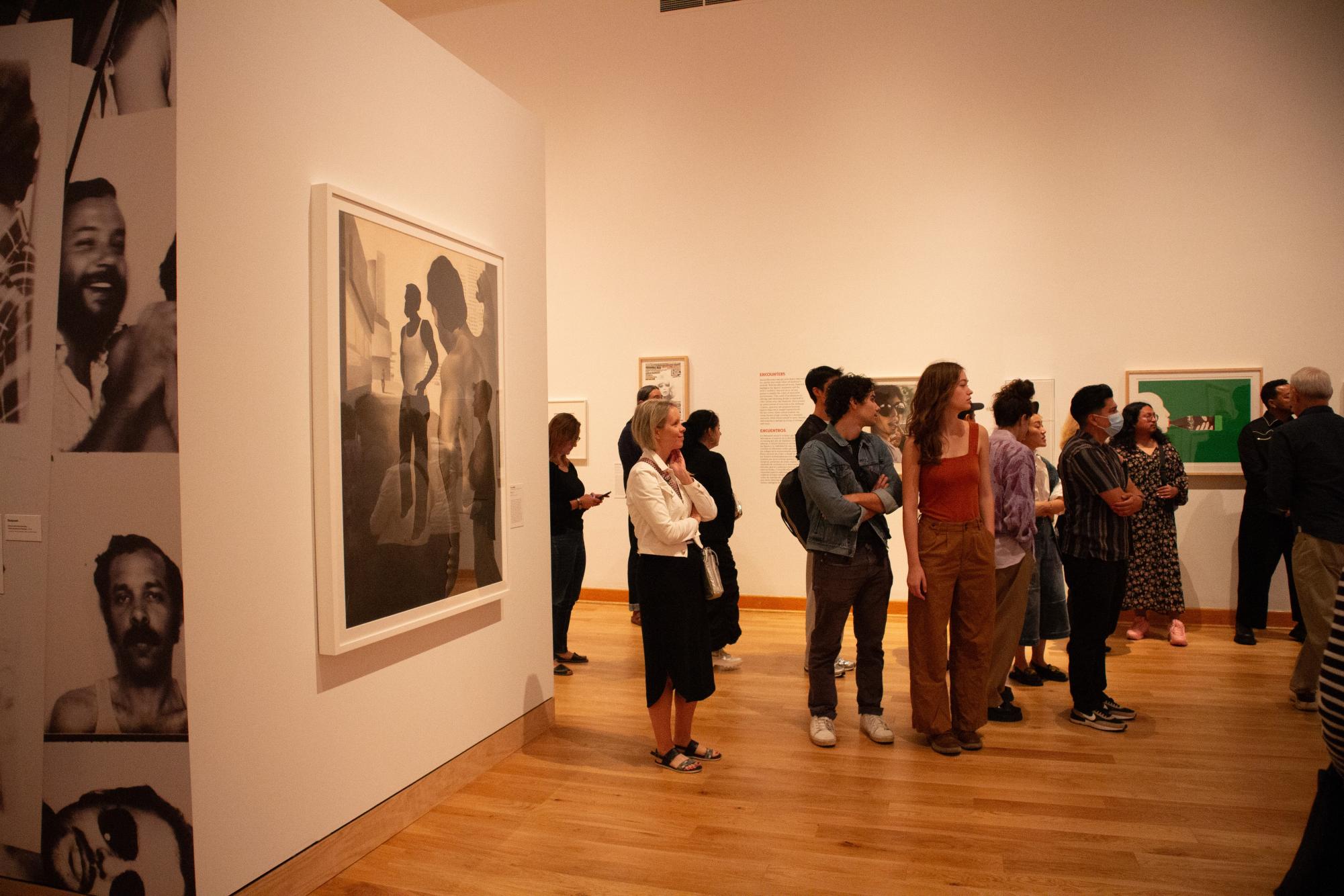
The Williams College Museum of Art (WCMA) hosted a daylong event, “Play and Inquiry: Celebrating Latinx and Queer Art Communities,” on Saturday to celebrate its latest exhibition, “Teddy Sandoval and the Butch Gardens School of Art.” The celebration featured an art workshop led by local artist Erick Ramos-Jacobo, Latinx and queer student groups, and a panel discussion with artists Joey Terrill, Troy Montes-Michie, and Moises Salazar Tlatenchi, whose works are all featured in the exhibition.
The exhibition, which is running through Dec. 22, features roughly 25 artists whose works span from the ’70s to today.
The retrospective is dedicated to the late artist Teddy Sandoval, who was an active participant in both United States and international avant-garde movements. The exhibition puts his art in dialogue with the work of contemporaneous artists.
WCMA Associate Curator of Programs Roz Crews played an integral role in coordinating the event. “We wanted to underscore that this exhibition has a lot of very important and complex topics that it’s addressing, including state violence and prejudice,” she told the Record in an interview.
“We’re choosing to tell stories of resilience of Latinx and queer communities and showcasing the joy within these artists’ lives,” she added. “Museums hold a certain kind of power in this society where they can choose what stories to tell and what not to tell.”
Associate Professor of Art Mari Rodriguez Binnie moderated the panel discussion between artists Terrill, Montes-Michie, and Tlatenchi. During the panel, each artist presented their work, spoke about their shared approaches to artmaking, and answered questions from audience members. “It was a very dynamic and wonderful way to close the day’s events,” Binnie told the Record. “The whole day had different components to celebrate the opening of the exhibition, and so this was a nice way to close out because it felt like an extension of the exhibition in that way — dialogues between different artists working in their own ways but sharing a lot of the same themes.”
Binnie also shared what she hopes attendees took away from the discussion. “I want audiences to think about the ways in which artmaking and works of art from the 1960s into the present give us radical, incisive, and celebratory views of queer life and [the] life of communities of color,” she said. “These works are about celebrating and affirming queer and immigrant life — for example Latinx and Chicano — as much as [they are] about calling attention to the fact that forced silencing and violence is still very much inflicted upon these communities.”
In an interview with the Record, Terrill discussed the significance of his identity in his art. “My strategy for artmaking was always looking at my Latino or Chicano identity as well as my gay identity and where the two intersected and [at] many times clashed,” he said. “That has been the impetus for my work all along, with a lot of pushback from the general art world in the ’70s and ’80s.”
Terrill became close friends with Sandoval in Los Angeles in 1975, and the two began a collaborative partnership. Crews remarked that listening to Terrill speak about their friendship was her favorite part of the day. “To have him here and to get to hear him talk about the pride he has in his friend’s work and the importance that he’s put into supporting his friend’s legacy is really beautiful,” she said. “It made me think about my own communities and how we as artists take care of each other.”
Local activist groups Queer Men of the Berkshires and the Berkshire Stonewall Coalition were also an integral part of the event. “We wanted to include local activists who are working on a kind of queer storytelling and community here in the Berkshires,” Crews said. Two students interviewed attendees throughout the day to craft oral histories about queer experiences in the Berkshires in collaboration with the local activist groups.
Garrett Makosky ’26 attended the celebration and said that he was excited to engage with the exhibition. “It was particularly heartwarming to see the artists see their own works on display — I can only imagine the pride felt in that moment,” Makosky wrote to the Record in an email. “From a curatorial perspective, the exhibits were stunning, and I would recommend everyone go visit them in a free moment.”




